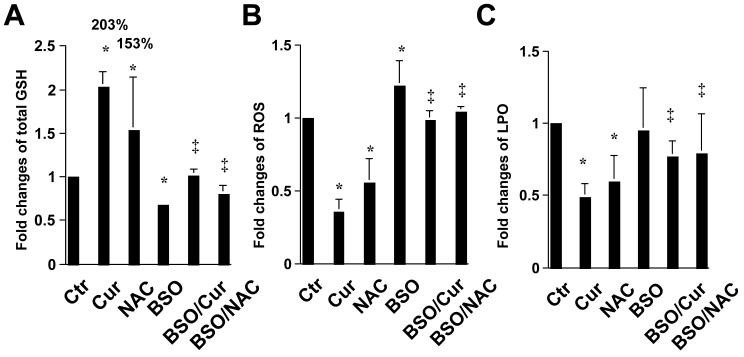Figure 4. The antioxidant capability of curcumin mainly results from de novo synthesis of GSH.
Passaged HSC were either maintained in DMEM with 10% of FBS, or treated for 24 hr with BSO (0.25mM), or curcumin (20μM), or NAC (5mM) with or without the pre-exposure to BSO (0.25mM) for 1 hr. The levels of total cellular GSH (A), ROS (B) and LPO (C) were, respectively, determined and expressed as fold changes compared to that in the control with no treatment. The number of percentage in (A) indicated the increase in the level of cellular GSH in cells treated with curcumin or NAC compared to that in the control cells with no treatment. Values were means ± S.D. (n≥3). *p<0.05, versus the control with no treatment (the 1st column on the left); ‡ p<0.05, versus cells treated with curcumin or NAC (the 2nd, or 3rd column respectively, on the left).

